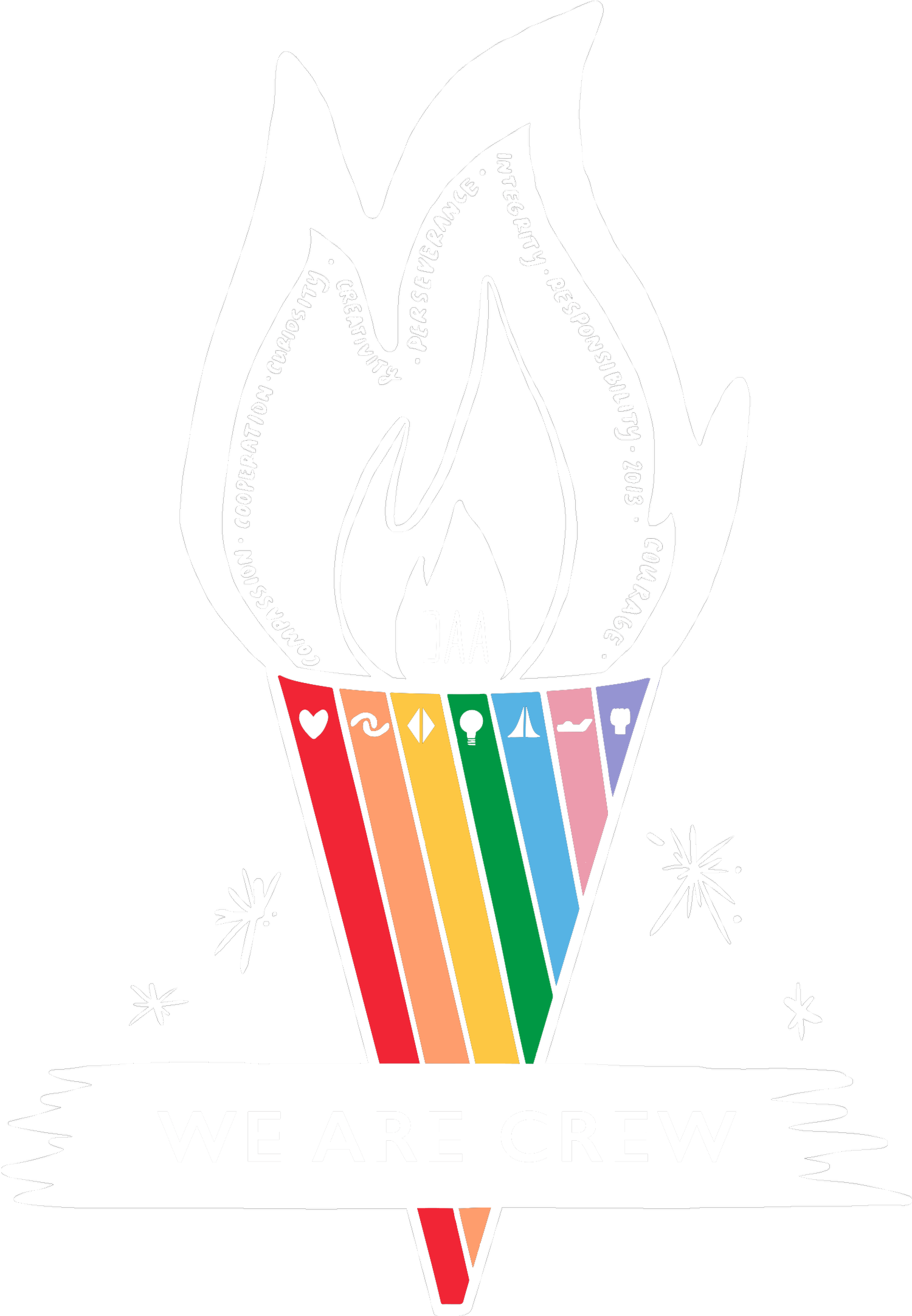Motor Toys in the Motor City
Among the concern that students are not prepared for the work force, there is increasing focus on science, technology, math and engineering in our curriculum. Kindergarten science standards require us to introduce the basic physics concepts of force and motion to students. With this in mind, my colleague, Danielle Johnson, and I set out to create an expedition that would encompass these ideas, be engaging for our students, and focus on the strengths of Detroit.
The first part of our expedition focuses on helping students understand the importance of the scientific method. Students learn the steps of experimenting while learning about their senses. Knowing the scientific method prepares students to be curious about their world and to seek answers in an organized way. It teaches them that taking chances and making mistakes are acceptable ways to help their brains to grow. By the end of our first case study, students can tell you the steps of the scientific process and what each one means: ask a question, make a hypothesis, try it out, record the results, and answer the question.
Internalizing the scientific process brings us to the next phase of our expedition where our “scientists” learn about several physics concepts. What better way to introduce physics than through playing with toys? Daily experiments and recording results in science journals bring science, math and technology together. Our scientists learn to define force, motion, gravity, friction, sink, float, and air resistance. They make parachutes and pinwheels, measure the distance of cars moved with force, race with recycling buckets, stand on chairs, roll cars down ramps, float objects on water, and explore videos of cars, planes, boats, and metro rail systems.
Using their results, student move to the final case study where they put their engineering skills into action. They have learned that their city is indeed the motor capital of the world. In Detroit, we produce cars and sponsor the North American Auto Show. We have a world class airport and our city is built on the Detroit River, a shipping channel for freighters navigating the Great Lakes. We have a small metro rail system (the People Mover) and are in the process of building another rail system.
Students choose their specialty vehicle: car, boat, plane, or train. They create a concept drawing where they design their motor vehicle to move down a ramp, through a track, across a “pond,” or through the air. Students build their concept vehicle with recycled products after listening to experts and experimenting with several different recycled materials.
When they are done, our students have truly internalized EL’s design principles of self-discovery, wonderful ideas, responsibility for learning, collaboration and competition, and respect for their world. They have a solid basis for becoming the scientists, mathematicians, and engineers of our future.



